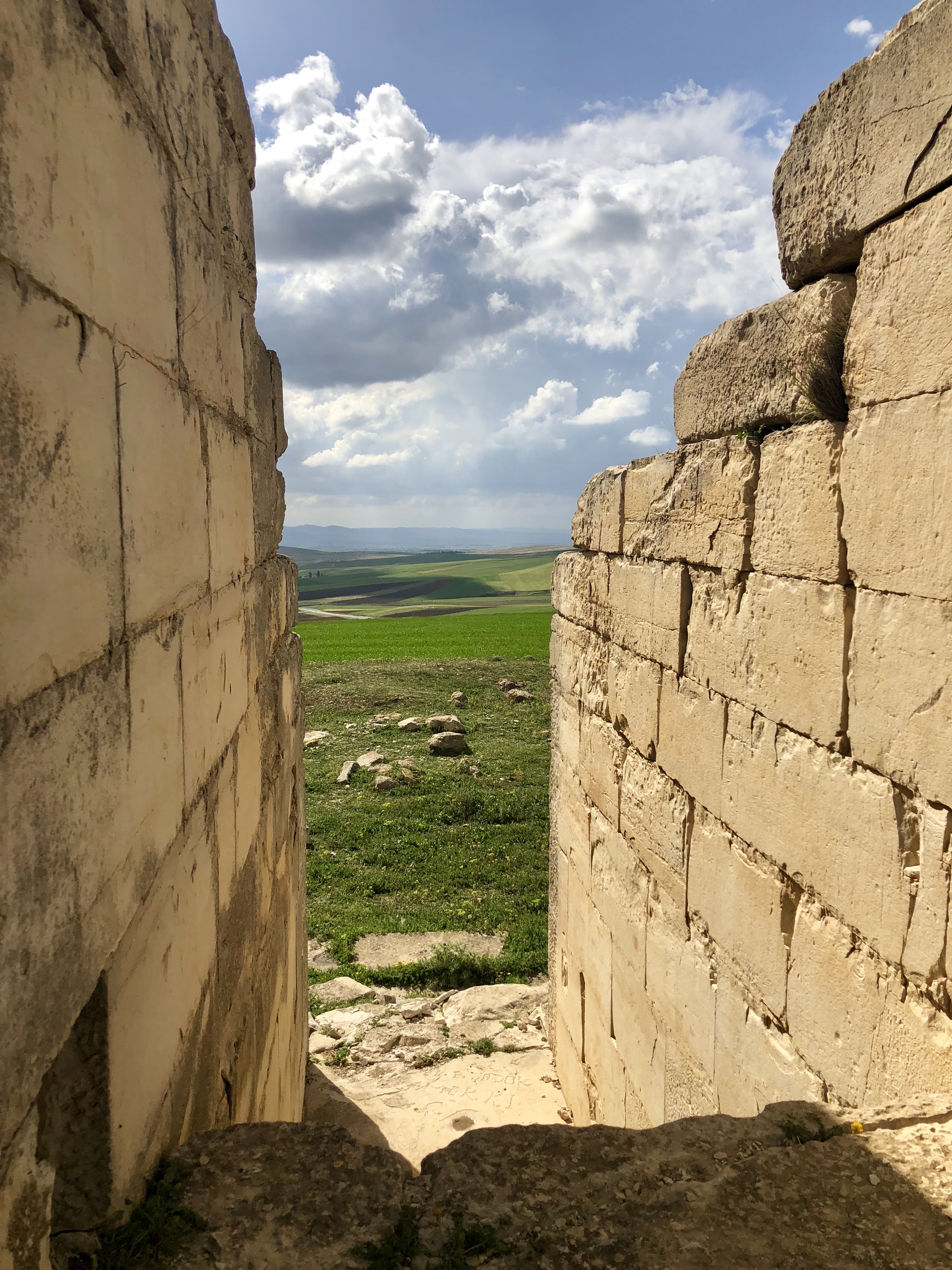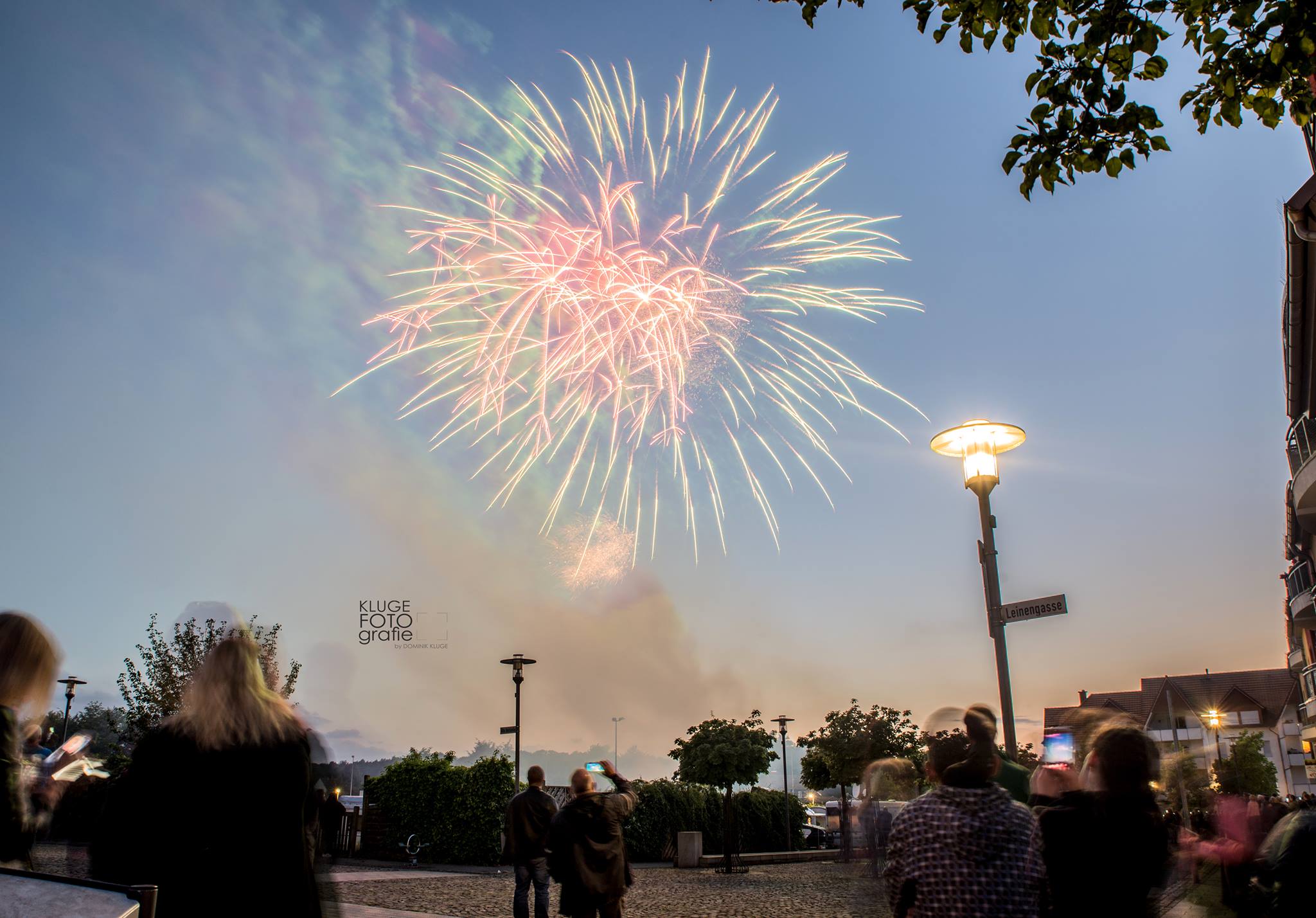

On March 22, 1996, the FCC announced a revised allocation table, consisting of 87 stations, but this too was eventually withdrawn due to errors. However, a year later the Commission rescinded these assignments, after it was determined that there had been major flaws in the data used to evaluate the applications. In the fall of 1994, the FCC announced that, out of 688 applicants, a specially designed computer program (which took two weeks to run) had chosen 79 stations to make the transfer to the expanded band. For the expanded band, the Commission decided to allocate the entire band at once on a nationwide basis, after evaluating all of the stations which notified the FCC that they were interested in moving to the new band. In the United States, the normal Federal Communications Commission (FCC) practice for station applications on the standard AM band frequencies had been to individually process requests.

The agreement provided for a standard transmitter power of 1 kilowatt, which could be increased to 10 kilowatts in cases where it did not result in undue interference. On June 8, 1988, an International Telecommunication Union-sponsored conference held at Rio de Janeiro, Brazil adopted provisions, effective July 1, 1990, to extend the upper end of the Region 2 AM broadcast band, by adding ten frequencies which spanned from 1610 kHz to 1700 kHz. Main article: AM expanded band § United States


 0 kommentar(er)
0 kommentar(er)
